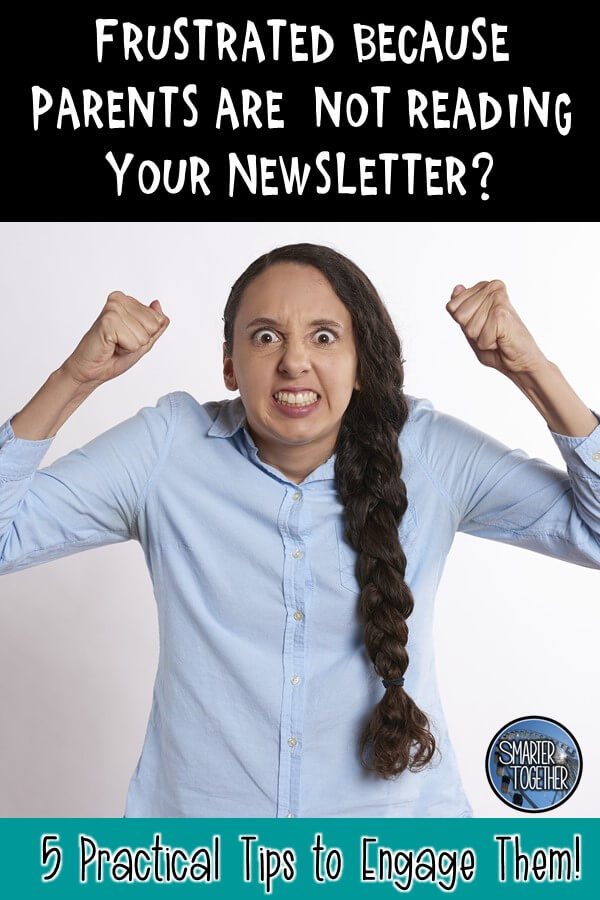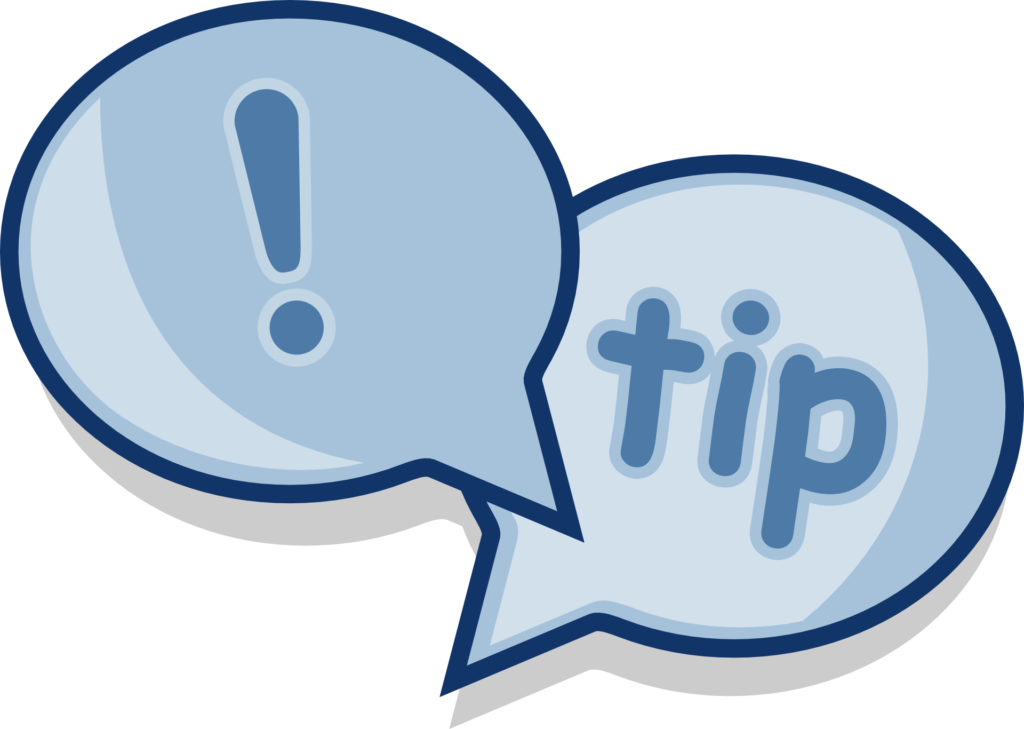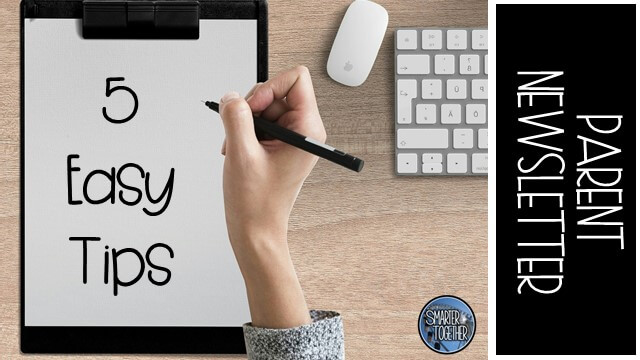Ever have parents ask you questions that you addressed in your letter home the week before? Do parents get upset because they feel like you didn’t give them notice of an upcoming event or project…even though it was in the class newsletter you sent 2 weeks ago! Do you feel like you are writing your letter home just because you have to? Increase communication and encourage parents to read your newsletter by following these simple tips!

Communication is Essential
Communication with parents is essential when establishing and maintaining a healthy relationship to benefit your students. I have also found that when parents know what is going on, it greatly reduces the stream of notes, emails, and phone calls. One way I communicate the happenings in my classroom is a note attached to the cover of the weekly homework assignment. The assignment and note come home on the last day of the week. It is important to send it home on a schedule so parents know when to look for it.
Why Do Parents Read My Class Newsletter?
My newsletters are short. The top half is a letter (I will tell you why my letter is special in a minute) and the bottom half is an outline of important events and dates in the coming weeks (I usually go out about 2-3 weeks to give advance notice).
Here is the real reason parents read my newsletter…The students coauthor it with me. Each week, I select a student to write the newsletter with me. The student tells me what we learned about in class that week and what they feel is important to share with the parents. Sometimes, we have the same ideas, but often the things they share provide a unique insight into our classroom. When possible, I try to stick with their ideas for the newsletter. If there is something I feel parents really need to know about, I will add it to the letter. Students sign their name (or initials) next to mine and the letter is sent home on Friday.
Added Bonus!
This system lends itself to building relationships with my students! I ask students if they would like to participate and it is completely voluntary. We usually work on it during lunch. I do the typing and they do the talking (and eating). The best part is that I get 20 minutes to connect with that student. I don’t have that opportunity when the entire class is there. Students are selected for a variety of reasons. Some need a little extra attention that week, some are acting out in class and need positive reinforcement, and some need a moment to shine.
Who Should Read the Class Newsletter?
Everyone! On Friday, the first thing my kiddos do when homework is passed out is check to see who is the student author. Then they read the letter! After a few weeks of coauthoring our classroom newsletter, I found parent questions/frustration decreased because they knew what to expect.

5 Tips to Get Parents to Read Your Newsletter
Tip #1 – Send your newsletter home on a schedule so parents know when to expect it.
Tip #2 – Keep it short! Parents are busy! If your newsletter takes more than a minute or two to read, most parents will not make it to the end.
Tip #3 – Outline the important events and dates. If action is needed by the parents for these events, let them know.
Tip #4 – Have your students coauthor the letter to increase their engagement.
Tip #5 – Encourage your students to read the newsletter before going home so they can share with parents.
What do you do in your classroom to increase parent communication? Leave your ideas in the comment section below!


